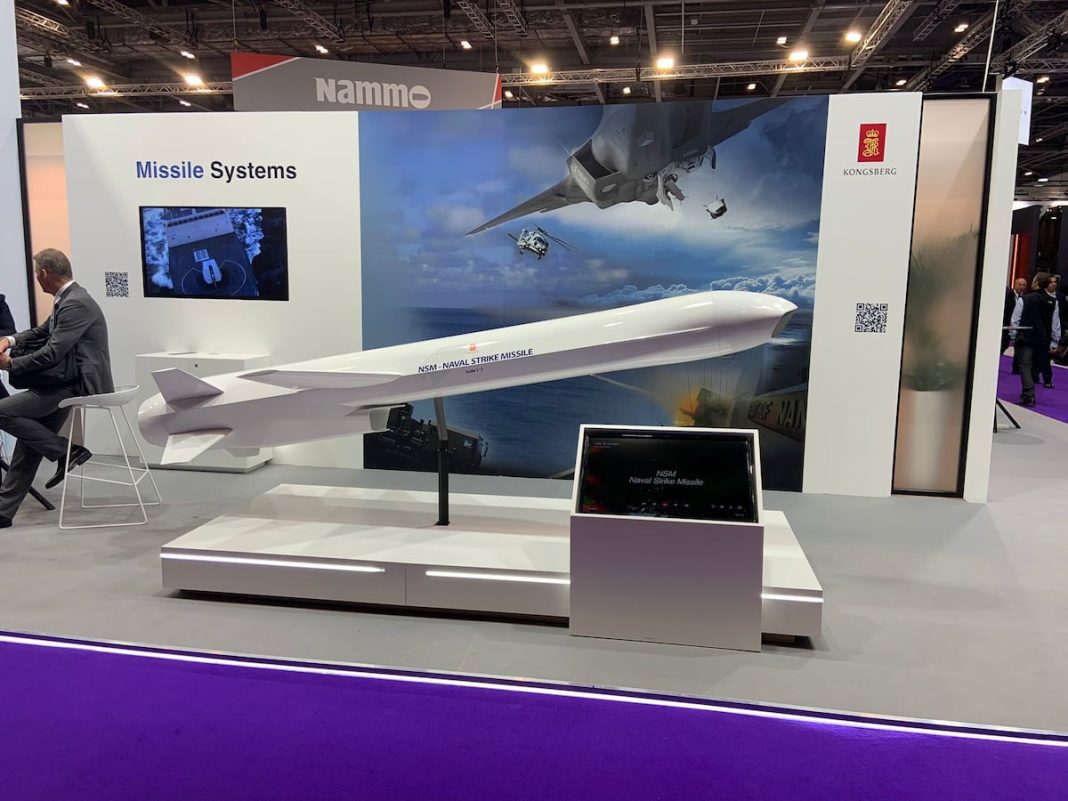In a significant development for the defense industry, Norwegian defense firm Kongsberg has secured a five-year contract valued at approximately $900 million from the United States Navy. This contract is being heralded as the company’s largest missile contract to date. Under this agreement, Kongsberg will supply its advanced Naval Strike Missile, which is set to be integrated into the Navy’s Littoral Combat Ships and Constellation-class frigates.
The fixed-price contract has a value of 10 billion Norwegian kroner (around $896 million), with potential options that may increase its total worth to approximately 12 billion kroner. In addition to the Navy, Kongsberg will also provide the Naval Strike Missile to the U.S. Marine Corps for the Navy Marine Expeditionary Ship Interdiction System (NMESIS).
Highlighting the increasing demand for its missile systems, Kongsberg announced its plans to establish a new missile production facility in Virginia. This decision coincides with a similar initiative in Norway, where a new factory for the Naval Strike Missile and the air-launched Joint Strike Missile was opened in June. Furthermore, the company has plans to construct a missile plant in Australia, underscoring its commitment to meeting the needs of NATO allies and other nations.
Eirik Lie, the president of Kongsberg Defence & Aerospace, emphasized that this contract is indicative of the robust demand for strike missiles within NATO and among allied nations. “This year, we have opened a new missile factory in Norway and announced two facilities in Australia and the U.S.,” he stated.
The Naval Strike Missile, which was first deployed by the Norwegian Navy in 2012, has gained acceptance from several NATO partners, including Poland, the U.K., Spain, and the Netherlands. The missile is characterized by its subsonic speed and impressive range—exceeding 100 nautical miles (185 kilometers). Weighing 407 kilograms and measuring 3.96 meters (about 13 feet) in length, the missile is equipped with a high-resolution imaging infrared seeker that allows for autonomous target recognition. Its sea-skimming profile and low radar signature are designed to enhance its survivability against enemy air defenses.
This strategic contract not only marks a milestone for Kongsberg but also reinforces the growing collaboration and defense capabilities among NATO allies in response to evolving security challenges.





